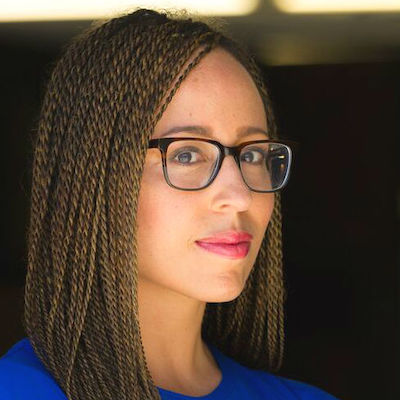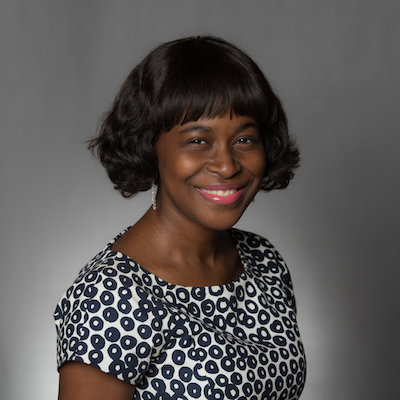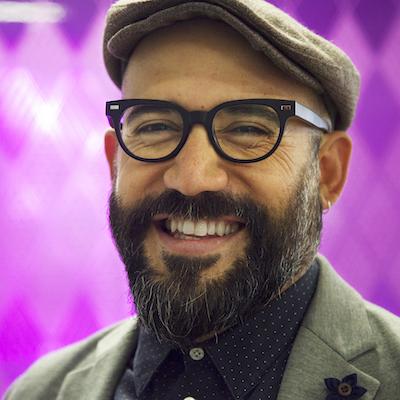
Our end-of-year “Predictions for Journalism” package has grown and grown and grown since its first iteration back in 2011. For the 2019 iteration, we published more than 200, and it’s possible I am literally the only person alive to have read all of them.
So over the next few days, we’ll be running what I’m calling Prediction Playlists — collections of predictions centered around a particular theme. Hopefully they’ll give you a point of entry into what can be an intimidating pile of #content. Today’s theme: diversity and representation
Diversity has been an ongoing theme in Nieman Lab predictions for as long as they’ve existed. (Which is eight years.) The knowledge that the news industry sabotages itself by being too white and too male is pretty well accepted at this point — it’s just been awfully hard to see that translated into much action.
The list of ways a lack of representation hurts news is long, but one place to start is straightforward: It makes our reporting worse. The single most popular prediction we ran this year (in terms of readership) came from Jenée Desmond-Harris of The New York Times, with a headline as direct as the piece itself: It finally sinks in that some people aren’t white.
Is it really true that evangelical voters, or women voters, or rural voters or southern voters have a certain outlook? Or would it be more accurate to say that the trends we’re reporting in a political piece are true for white members of these groups?
Is it really true that that neighborhood or food or hairstyle is newly “cool” to everyone? Or would it be more accurate to say in a trend piece that it’s only recently been embraced by white Americans?
Is it really true that that deceased politician is remembered fondly by Americans for his civility and kindness, or is that much less true when it comes to people who were affected by his firm stances against civil rights and embrace of racist dog whistles?
Who exactly do we mean when we say “we”?
I hope 2019 is the year that members of the media begin to make it a practice to pause and ask ourselves these questions in each and every piece, whether we’re opining or reporting.
 Jenée Desmond-Harris, staff editor in the Opinion section of The New York Times:
Jenée Desmond-Harris, staff editor in the Opinion section of The New York Times:
(I feel obliged to point out that, the day after her prediction ran, The New York Times mis“we”ed in a big way.)
Yesterday, @jdesmondharris on @NiemanLab: “Who exactly do we mean when we say ‘we’? The failure to remember that everyone isn’t white is an ongoing problem.”
Today, @nytimes: “The Rise of Right-Wing Extremism and How We Missed It”https://t.co/tx8W6ptfUW https://t.co/yPHsiW6bQh pic.twitter.com/solGMhpiK4
— Joshua Benton (@jbenton) December 13, 2018
The second-most-popular prediction this year? From the AP’s Errin Haines Whack, who decried the way too-white newsrooms hesitate to label racism racism.
 Errin Haines Whack, The Associated Press’ national writer on race and ethnicity:
Errin Haines Whack, The Associated Press’ national writer on race and ethnicity:
“It also leaves many journalists of color, who are often less hesitant to make it plain when racism makes news, alone in the fight and pleading their case to squeamish gatekeepers,” Whack wrote.
Being too removed from communities of color can also mean missing out on angles we should be covering. One example: Indigenous journalists bring a different perspective to climate change reporting.
 Colleen Shalby, engagement editor for the Los Angeles Times:
Colleen Shalby, engagement editor for the Los Angeles Times:
So who’s going to fix it? Much of the responsibility falls to news organizations’ current leadership, which hasn’t always inspired much confidence around the issue of diversity. Managers of all backgrounds will need to address it in recruiting, hiring, and promotion decisions.
 Elite Truong, deputy editor for strategic initiatives at The Washington Post:
Elite Truong, deputy editor for strategic initiatives at The Washington Post:
 Dave Burdick, editor of Denverite:
Dave Burdick, editor of Denverite:
 Kate Myers, executive director of revenue and operations at First Look Media:
Kate Myers, executive director of revenue and operations at First Look Media:
 Zuzanna Ziomecka, editor of NewsMavens:
Zuzanna Ziomecka, editor of NewsMavens:
But it’ll take a deeper commitment than just checking the diversity box by having a training session one afternoon. The cultural issues go well beyond what’s fixable in an afternoon.
 Jennifer Dargan, assistant director of Wisconsin Public Radio’s The Ideas Network:
Jennifer Dargan, assistant director of Wisconsin Public Radio’s The Ideas Network:
It’s not just in writers and editors where the problem is felt — undiverse groups of photographers, photo editors, illustrators, and videographers all risk ignoring important perspectives in their work.
 Kainaz Amaria, visuals editor for Vox:
Kainaz Amaria, visuals editor for Vox:
More diverse leadership would also mean journalists of color wouldn’t have to spend quite as much time navigating these issues in their day-to-day lives.
 Seema Yasmin, cofounder of the Survival Kit for Journalists of Color:
Seema Yasmin, cofounder of the Survival Kit for Journalists of Color:
But if current industry leadership doesn’t see the need for change, maybe it’ll just take the passage of time — as both journalistic talent and our audiences grow more diverse by the day.
 Robert Hernandez, web journalism professor at USC Annenberg:
Robert Hernandez, web journalism professor at USC Annenberg: